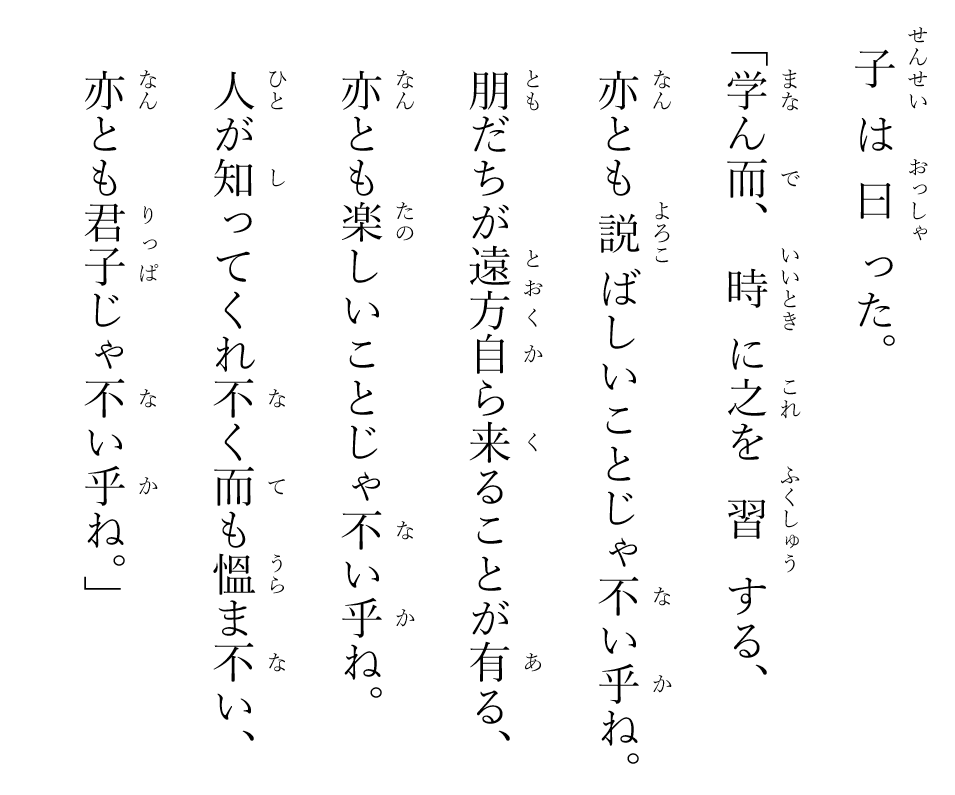Mahavira and Nobi Nobita

The following calligraphic plaque, for instance, was photographed two years ago when I was at Kaiyuan Temple 開元寺 in Quanzhou 泉州.

If you pay attention to the two vertical lines on the plaque, you will notice that the regnal name of Emperor Zhu Youjian, 崇禎, and the name of the calligrapher were both written in red ink.
Apparently writing your name with a red pen was not actually a problem for a learned man like Sun Chaorang, and it was certainly not a forbidden act for the Ming emperor and the subsequent Qing emperors, who took over Beijing about 20 months later after the calligraphic work was produced. So as a learned parent, you should stop instructing your kids not to write their names with red ink.
Apparently it is okay for you to write your name with a red pen in medieval China.Now, the word Dàxióng 大雄 is not the main character of Doraemon, Nobi Nobita 野比のび太. Dàxióng is the chinese translation of two sanskrit words. The word maha मह is the sanskrit adjective for great, strong or mighty, which is also the root for the Malay word maha (see Russell Jones, p. 188). while vira वीर is the sanskrit word for brave or heroic.

maha + vira = great + hero = 大 + 雄The word mahavira is an honorific in a number of Indian religions. In Jainism, it is a reference to its founder Vardhamana (599-527 B.C). In Buddhism, it can a descriptive tag for Siddhartha Gautama (563-483 B.C). However the use of the Mahavira tag in Mahayana literature is rather strange, because we would normally use Shìzūn 世尊 (World-Honored One) to tag the Buddha in the scripture. In the Lotus Sutra 妙法蓮華經, for instance, the use of the two tags is glaringly disproportionate (309 appearances of Shìzūn v. 3 appearances of Dàxióng).
| Lotus Sutra Chapter | #大雄 | #世尊 |
|---|---|---|
| 序品第一 | 0 | 10 |
| 方便品第二 | 0 | 22 |
| 譬喻品第三 | 0 | 23 |
| 信解品第四 | 0 | 15 |
| 藥草喻品第五 | 0 | 7 |
| 授記品第六 | 2 | 18 |
| 化城喻品第七 | 0 | 33 |
| 五百弟子受記品第八 | 0 | 13 |
| 授學無學人記品第九 | 0 | 12 |
| 法師品第十 | 0 | 5 |
| 見寶塔品第十一 | 0 | 8 |
| 提婆達多品第十二 | 0 | 5 |
| 勸持品第十三 | 0 | 16 |
| 安樂行品第十四 | 0 | 7 |
| 從地湧出品第十五 | 1 | 27 |
| 如來壽量品第十六 | 0 | 6 |
| 分別功德品第十七 | 0 | 8 |
| 隨喜功德品第十八 | 0 | 4 |
| 法師功德品第十九 | 0 | 7 |
| 常不輕菩薩品第二十 | 0 | 4 |
| 如來神力品第二十一 | 0 | 4 |
| 囑累品第二十二 | 0 | 4 |
| 藥王菩薩本事品第二十三 | 0 | 7 |
| 妙音菩薩品第二十四 | 0 | 15 |
| 觀世音菩薩普門品第二十五 | 0 | 6 |
| 陀羅尼品第二十六 | 0 | 12 |
| 妙莊嚴王本事品第二十七 | 0 | 4 |
| 普賢菩薩勸發品第二十八 | 0 | 7 |
And in the fifteenth chapter (Emerging from the Earth) of Lotus Sutra 從地湧出品第十五, the Buddha is queerly hashtagged by great-hero World-Honored One 大雄世尊.
爾時諸大菩薩而說偈言:This is the only instance in the entire Lotus Sutra where the two tags are concatenated serially. This and the low count of the Mahavira tag may mean that portions of the Lotus Sutra was doctored or corrupted in China.
善哉善哉,大雄世尊,諸眾生等,易可化度,能問諸佛,甚深智慧,聞已信行,我等隨喜。
At that time the great bodhisattvas spoke in verse form, saying: Excellent, excellent, great-hero, World-Honored One! The living beings are readily converted and saved. They know how to inquire about the most profound wisdom of Buddha, and having heard, they believe and understand it. We are accordingly overjoyed.
Burton Watson, transl. (1993) The Lotus Sutra, Columbia University Press, New York, p. 215.





Comments